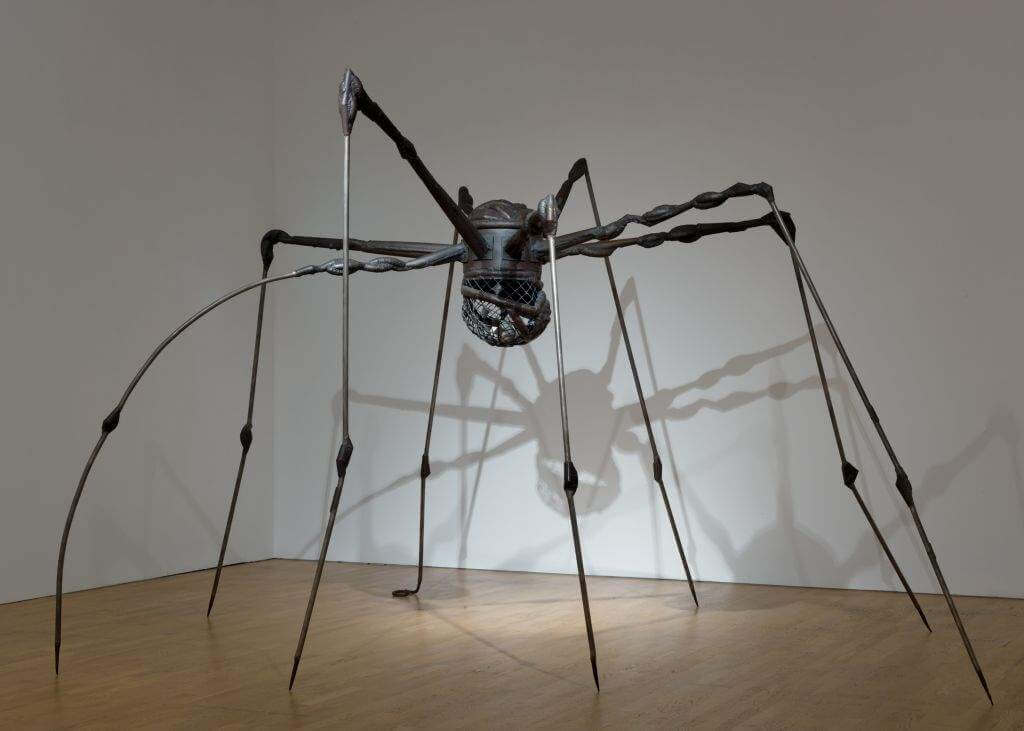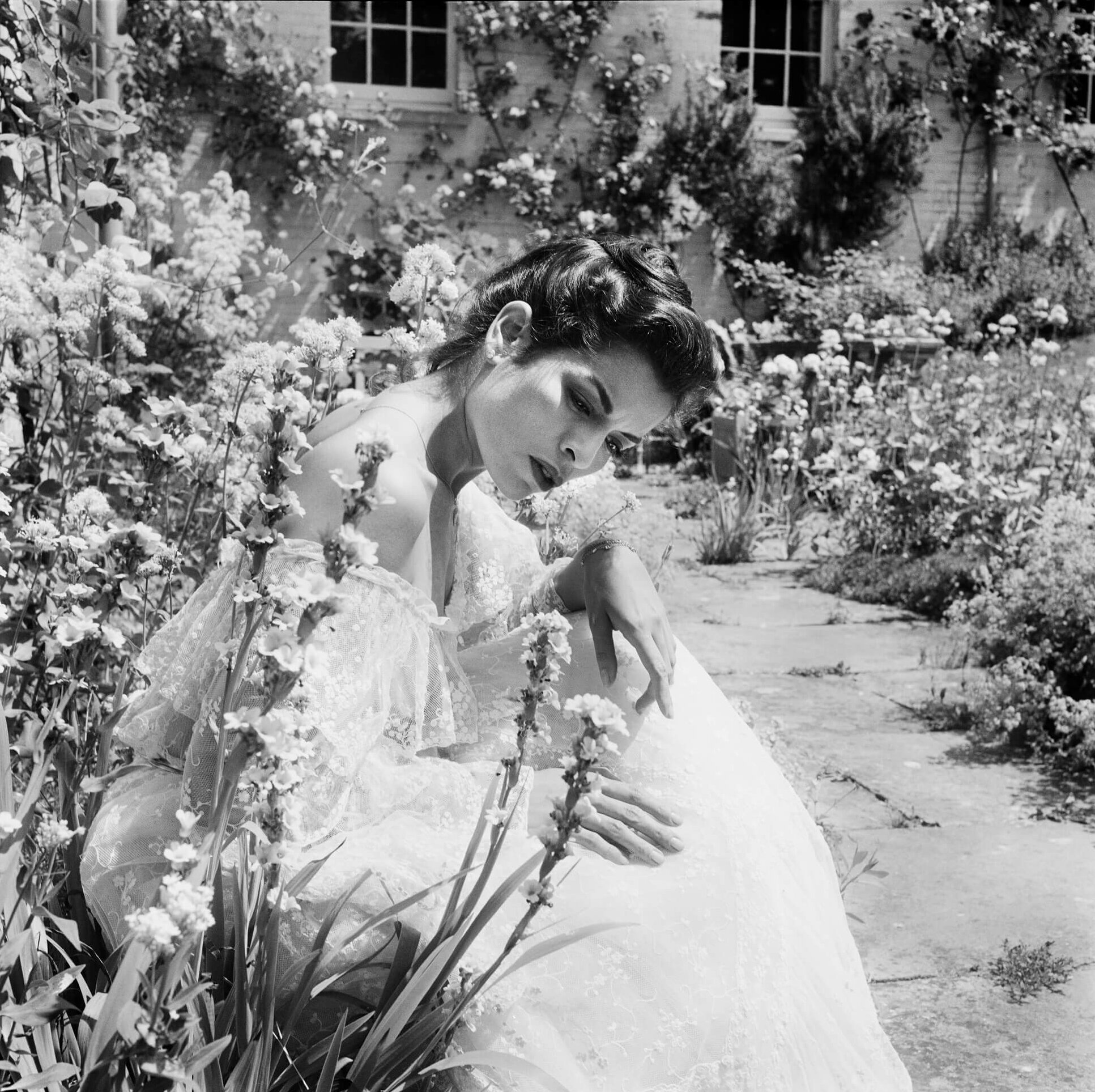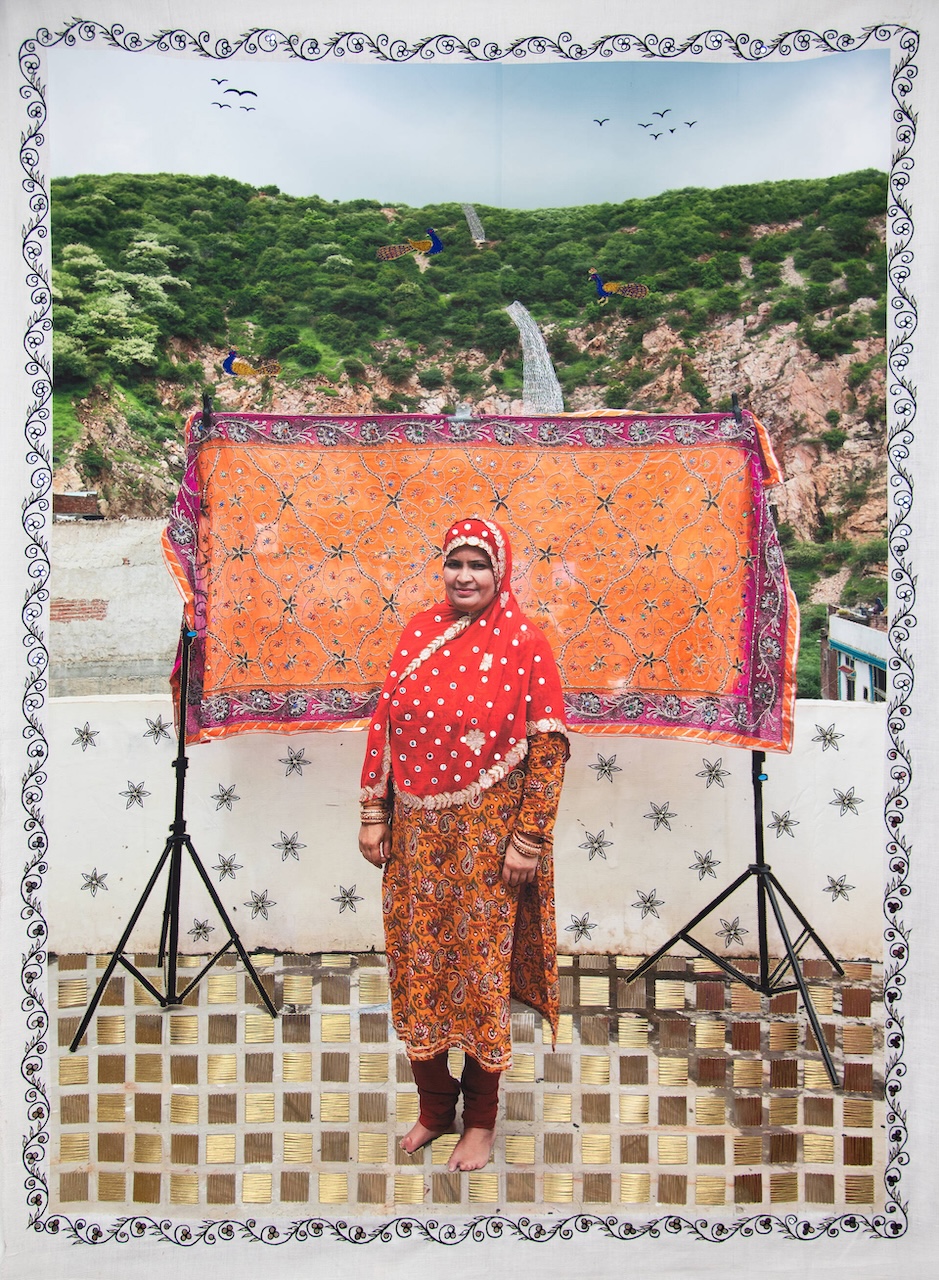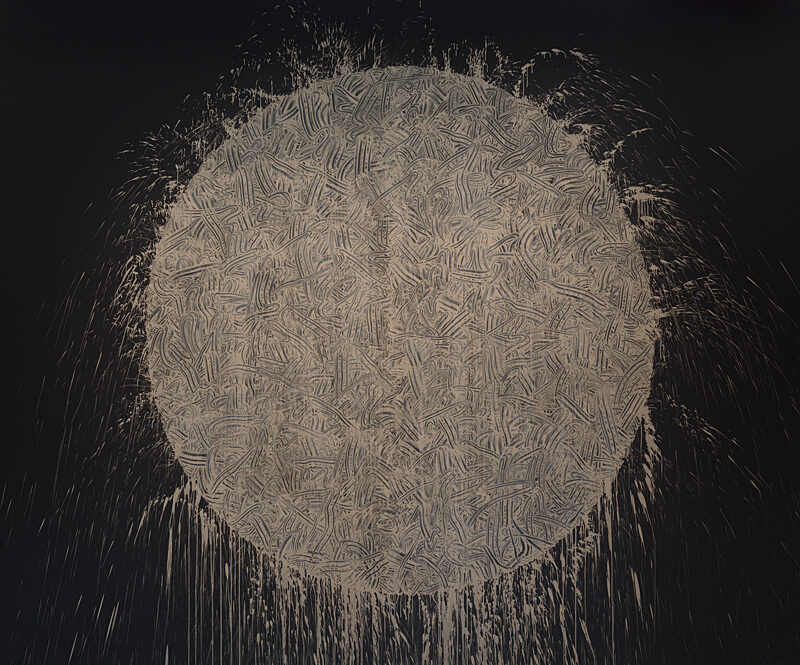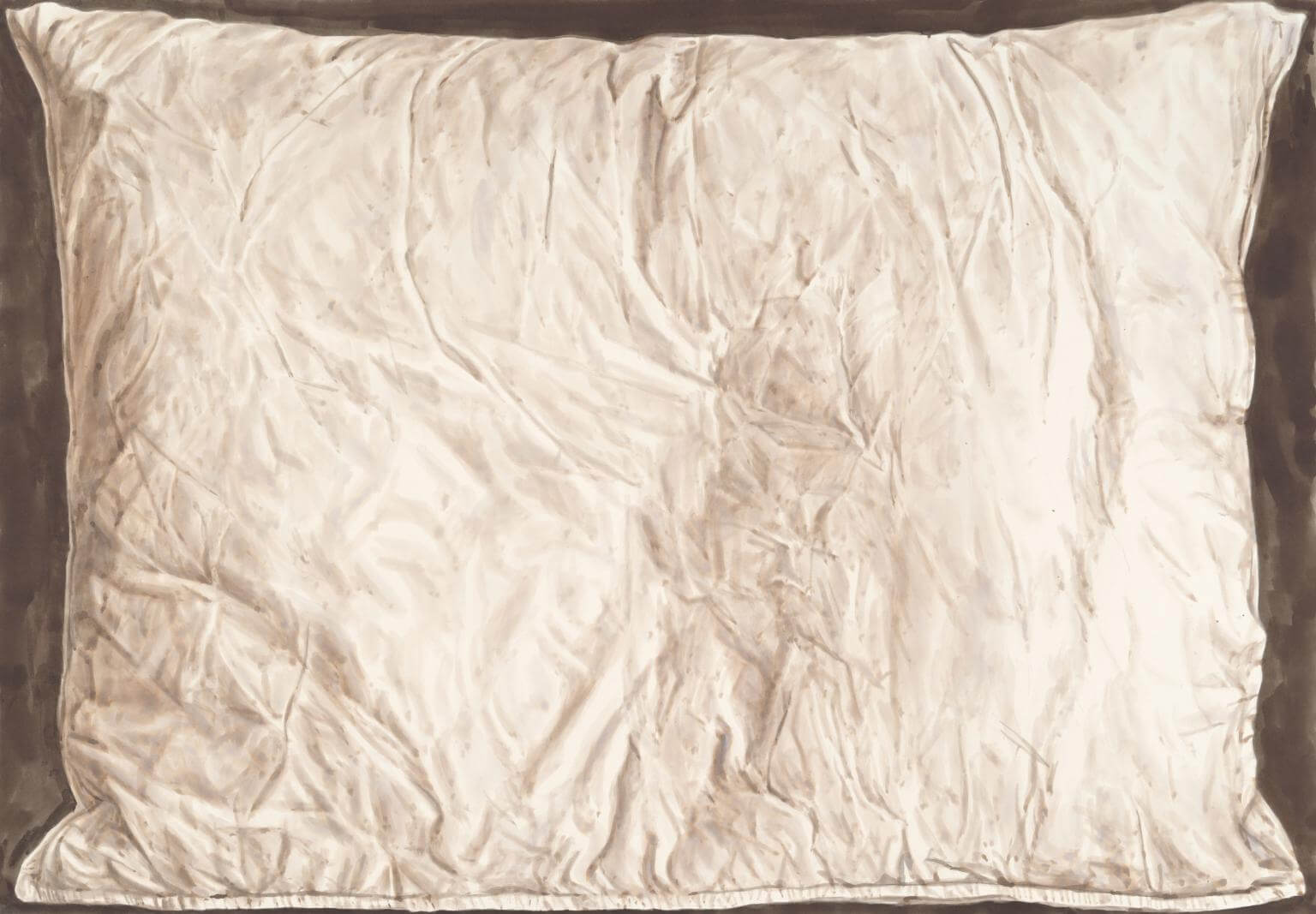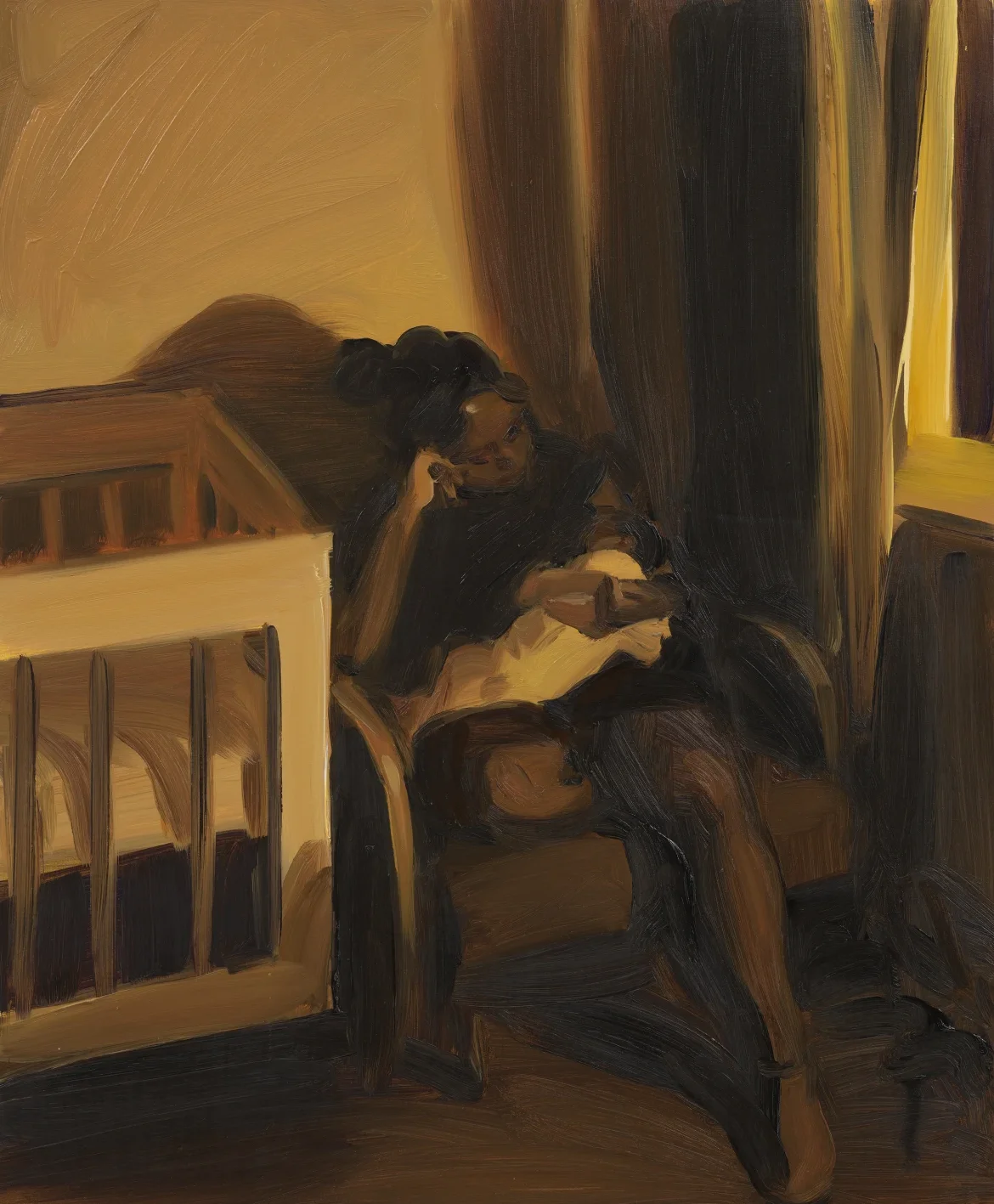Dream & Discover
Dream Spider (1944) by Louise Bourgeois
1994, by Louise Bourgeois
Bourgeois began making her now globally famed steel spider sculptures in the 1990s. Though she had experimented with various sculptures in wood and textile since the 1940s, the spiders marked an uncanny new territory for the French-American artist. The initial inspiration for the arachnid form came from the artist’s mother, a weaver who managed the family’s tapestry restoration business, who Bourgeois once described as “deliberate, clever, patient, soothing, reasonable, dainty, subtle, indispensable, neat, and as useful as a spider,” the artist said. The spider became a recurring motif in her work for years to come. The largest and most iconic of Bourgeois’ spider sculptures – created for the opening of the Tate Modern in 2000 – pays homage to her mother with the title Maman. Six bronze casts of the staggering 30ft sculpture were made.
This Spider is the first example Bourgeois made, on a smaller yet still oversized scale; the bronze and granite piece was made large enough to fill a room, its thin, spindly legs stretching over the floor to form a cage-like structure (another motif in Bourgeois’ work) that is both menacing and protective. In the body of this Spider is a large white egg. Bourgeois continued to be preoccupied with the spider as a symbol and personnage in her work until late in life. Rather than seeing spiders as ominous, Bourgeois created them with great affection and reverence. “The spider is a repairer. If you bash into the web of a spider, she doesn’t get mad. She weaves and repairs it.”
